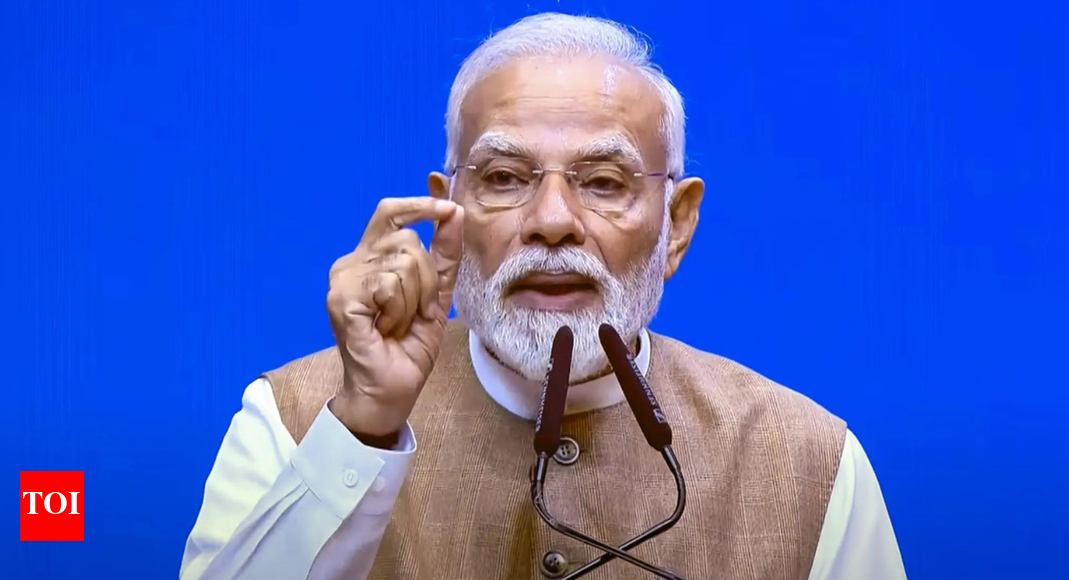October 23, 2025 09:10 AM IST
First published on: Oct 23, 2025 at 09:10 AM IST
When it comes to global soft power, ideas travel farther than capital. And for decades, some of India’s sharpest minds have boarded outbound flights, drawn not just by better pay or prestige, but by the promise of institutions that value inquiry and reward rigour. Now, with the Donald Trump administration’s crackdown on US varsities, the Centre’s initiative to attract top-tier Indian-origin “star faculty” from abroad, as reported by this newspaper, is a welcome, and in many ways, well-timed move. The proposal to reverse the brain drain — by offering substantial grants, operational flexibility, and lab infrastructure to returning scholars — could help elevate Indian research in STEM disciplines. India already has a fertile history of collaboration with industries led by Indian-origin business leaders — Google’s recent investment of $15 billion to build an AI data hub in Andhra Pradesh is one example. But if the aim is to build a globally competitive knowledge economy, repatriation efforts alone won’t suffice. India must strengthen the academic ecosystem at home to ensure it is not only attractive to returnees but also empowers those who have stayed and contributed to its institutions.
This strengthening begins with recognising that India already has a solid foundation in institutions such as the IITs, IISc, ISI, TIFR, and newer centres like the IISERs and CMI, which have produced outstanding work, often despite limited resources. For any reintegration scheme to succeed, these institutions must be bolstered with sustained investment, transparent governance, and genuine academic autonomy. The example of China’s Thousand Talents programme is instructive. Launched in 2008 as part of a broader push to transform China into a knowledge-driven economy, it was accompanied by a systemic overhaul of universities, creating cutting-edge facilities that supported both returning scholars and domestic talent. The result is evident: China now has five universities in the QS World University Rankings’ top 100, and 72 overall, ranking third globally, after the US and the UK. In contrast, India, though at number four globally with 54 institutions on the list, is yet to break into the top 100. IIT Delhi, at 123, is the country’s highest-ranked institution.
India’s ambition must also be broader than strategic STEM nationalism. Higher education cannot be reduced to a pipeline for industry, its imagination must overcome the narrowly instrumental. True innovation flourishes in interdisciplinary, and often inconvenient spaces — where social scientists question the ethics of AI, or historians challenge majoritarian narratives. The government’s emphasis on AI, quantum computing and biotech must sit alongside robust support for the humanities and social sciences, both to inform technological development and to anchor it in social context. It must also address a broader question of openness. Episodes such as the deportation of scholars like SOAS’s Francesca Orsini send a dispiriting message about how India treats academic inquiry that doesn’t align with official narratives. If it wants its diaspora to return — not for a few years, but to build — India must offer them not just lab space or grants, but the freedom to ask difficult questions. Repatriating brilliance is only a beginning. Building a home for it to thrive in is the real test.





